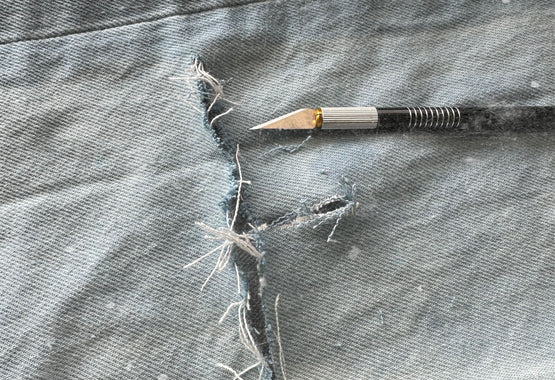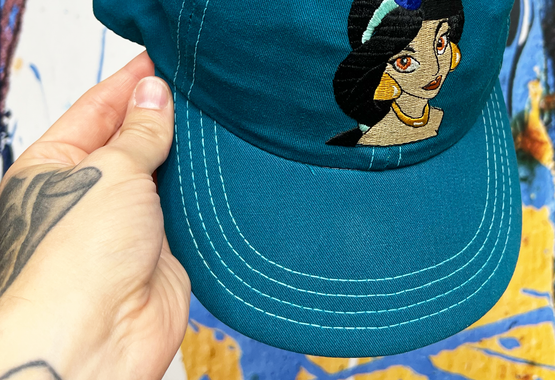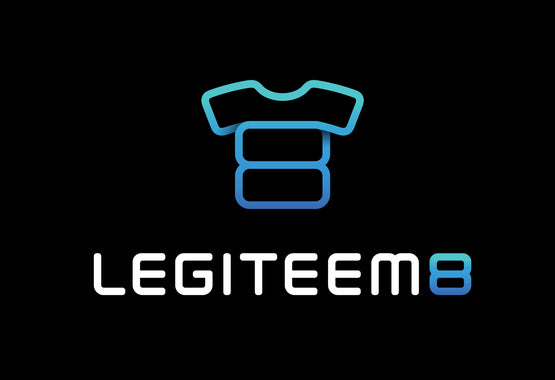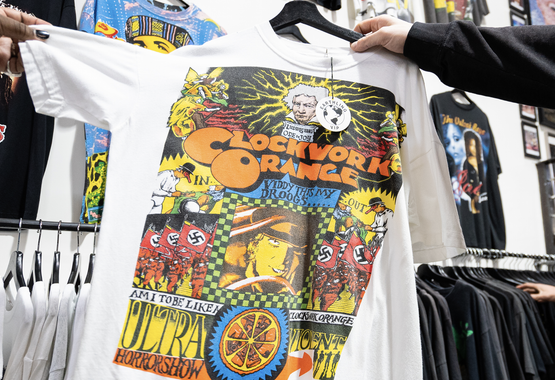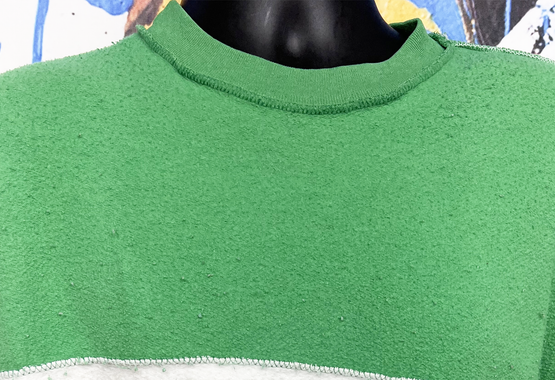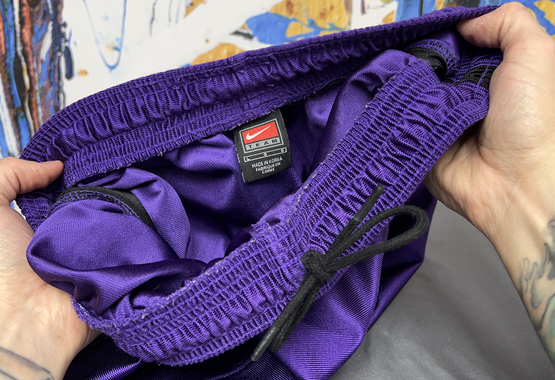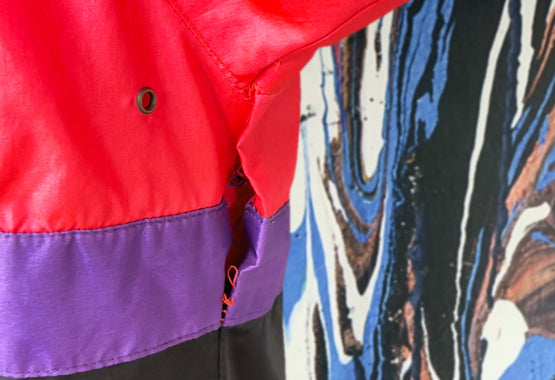The Ultimate Guide to Selling Your Old Clothes Online
written by Thomas Starr
By now nearly everyone is familiar with the concept of reselling clothes. The post-pandemic reselling boom has resulted in a whopping 11% of consumers having experience selling clothes online. This is due to the fact that it’s never been easier to turn the clothes gathering dust in your closet into money in your bank account. Simply pick the right reselling platform, photograph and list your items, and ship them out when they’re purchased. All you need is a smartphone, about an hour or so of free time, and some clothes you want to get rid of. Just follow the steps below and you’ll be turning clothes into cash in no time!
Choosing the Right Platform
In 2024, there are close to an infinite number of online reselling platforms, each with their own unique features, quirks, and target audiences. As such, it can be a little confusing to decide which platform to list your clothes and build your shop on. That’s why we’re here to provide a quick guide to some of the most popular websites and apps, so that you can know which fits your needs and items the best. Generally, these platforms fall into one of three categories: General Marketplaces, Clothing-Specific Marketplaces, and Livestream Auctions. Here’s a quick rundown of a few platforms in each category.
General Marketplaces
eBay: The largest global online marketplace, eBay offers various selling methods such as auctions and fixed-price listings. With over 187 million active users, it provides exposure to a vast audience. While it’s easy to use and offers free listings, sellers should be prepared for competition and commission fees. Due to the vast size, there isn’t a specialty type of clothing that eBay focuses on, with a little bit of everything being sold on the site.

Facebook Marketplace: Integrated within Facebook, this platform simplifies buying and selling, especially locally. Users are able to filter by location and usually pick items up themselves, meaning that shipping often isn’t an issue. Additionally, sales are not subject to fees, meaning more money in your pocket. However, Facebook Marketplace’s local focus limits potential buyers greatly, though does also reduce competition between sellers.

Etsy: Specializing in handmade, vintage, and unique items, Etsy allows for easy access to more niche audiences. Sellers also have access to low startup costs and built in marketing tools, making it easy to take your reselling business to the next level. If you’re looking to get rid of a lot of handmade or vintage items, Etsy could easily be the platform for you. However, the audience is generally slightly older than more clothing-specific reselling platforms.

Clothing-Specific Marketplaces
Depop: With a very large and very young customer base, Depop is easily one of the best choices for selling trendy second-hand clothing (think streetwear, Y2K, and 90s styles). With a hyper-streamlined signup and listing process, Depop removes a lot of the hassle associated with selling your old clothes. However, users should know that they must remain active on the app in order to avoid having their listings removed.

Grailed: Grailed specializes in high-end designer/archive menswear, though that’s not to say that vintage, streetwear, and women’s wear isn’t abundantly present on the site. Users can also expect an easy signup and listing process, as well as the ability to check pricing trends for items similar to theirs. Low selling fees also help make up for stiff competition from overseas sellers, who often charge lower prices for their items.

Poshmark: The largest online clothing marketplace, nearly 1 in 5 online clothing resales are done on Poshmark. This gives sellers access to an enormous audience of buyers, and with no specific clothing focus, a wide range of types of buyers as well. However, sellers should be ready to pay high commission fees in exchange for this massive market and the ease of listing that comes with the app.

TheRealReal: Different from other clothing-specific platforms, TheRealReal functions as more of an online consignment shop. The company takes care of photographing, listing, and pricing your items; all you have to do is ship your clothes to them. That being said, the platform exclusively focuses on high-end and designer women’s and menswear, and some sellers may be uncomfortable with the inability to set their own prices.

Livestream Auction Apps
If you have a little more time and are willing to be more involved in selling your clothing, a livestream auction app may be the right choice for you. These platforms allow sellers to host live streams where viewers are able to bid on various items, with starting prices set by the seller. This adds a little more personality and excitement to the selling process, with buyers being more able to associate a face with the goods that they’re purchasing. This allows for easier brand building and more repeat customers than on other platforms. The livestream feature and quick auctions also mean that you’ll be able to sell through a high volume of goods much quicker than you would on a traditional reselling platform.
WhatNot: WhatNot is the current leader in the livestream auction game, making them a good choice if a large audience is what you’re searching for. With a wide range of products being auctioned, WhatNot is also the “catch-all” of livestream auction apps, meaning it can be a good choice if you’re looking to sell more than just clothing.

Ntwrk: Ntwrk offers a much more exclusive, curated experience than that of other livestream apps. By focusing on designer clothing, high-end sneakers, and designer toys, Ntwrk has been able to build a customer base who’s interested in these luxury items. Therefore, if you’re looking to quickly purge some designer pieces from your closet, Ntwrk could be the perfect choice for you.

Ezze: Like Ntwrk, Ezze also offers a more curated selection than other livestream auction apps, though instead of focusing on luxury goods, Ezze focuses on sneakers, vintage, and streetwear. This makes it a great choice for those who are looking to resell some thrift finds or sell their sneakers for some extra money.

Listing Your Clothes
On most of the above platforms, sellers must photograph, price, and list their items before they can be sold. This is easily the most time-consuming part of the reselling process, but also the most important. Bad photos, too high of a price, or a lackluster description can cause buyers to avoid your listings and make selling your clothes seem near impossible. Just follow the quick guide to listing your items below and your chances of selling a piece of clothing will be much higher.
Photos
The most effective way to increase your odds of selling an item is to ensure that the photos you post of it are clear and accurately represent the piece you’re selling. The first step of doing so is to attentively clean and iron your goods, making sure that they’re free of stains and wrinkles. Next, find a solid, neutral colored background to lay your items on, such as a concrete floor or a white sheet. Having a loud, distracting background will draw focus away from the item and cause it to stick in people’s minds less. Additionally, you can also use apps such as LightRoom or PhotoRoom to remove the background of your pictures, leaving just the item and a white background.
When deciding what pictures to take, abide by the “more is better” rule. Take pictures of the item as a whole, closeups of tags, buttons, and any imperfections, and maybe even an on-body shot to show the fit of your item. Most apps won’t severely restrict the amount of photos you can upload and a prospective customer will always appreciate a more detailed view of the item, meaning adding an extra picture can never hurt.
Pricing
In order to competitively price your goods, start by researching comparable listings on the platform where you plan to sell. Evaluate the condition of your clothes honestly—consider factors like newness, wear, and brand reputation. Also, make sure to set your initial price slightly higher than your desired selling price to allow room for negotiation. Be open to adjusting prices over time based on market trends and buyer feedback. Remember, pricing is both an art and a science—regularly review and adapt to maximize your profits!
Description and Listing
The last step before you officially list your items is to write an accurate description of them so that customers can better understand what you’re selling. Include details about the age and brand of the item, the colors and materials of the item, and any flaws or imperfections that it may have. Additionally, customers greatly appreciate measurements of items so that they’re better able to determine the fit of the item without trying it on. Finally, make sure to encourage customers to make offers if you’re open to them. To find good examples of descriptions that work, check large sellers on the platform of your choosing, as different types of descriptions may do better on different platforms.





